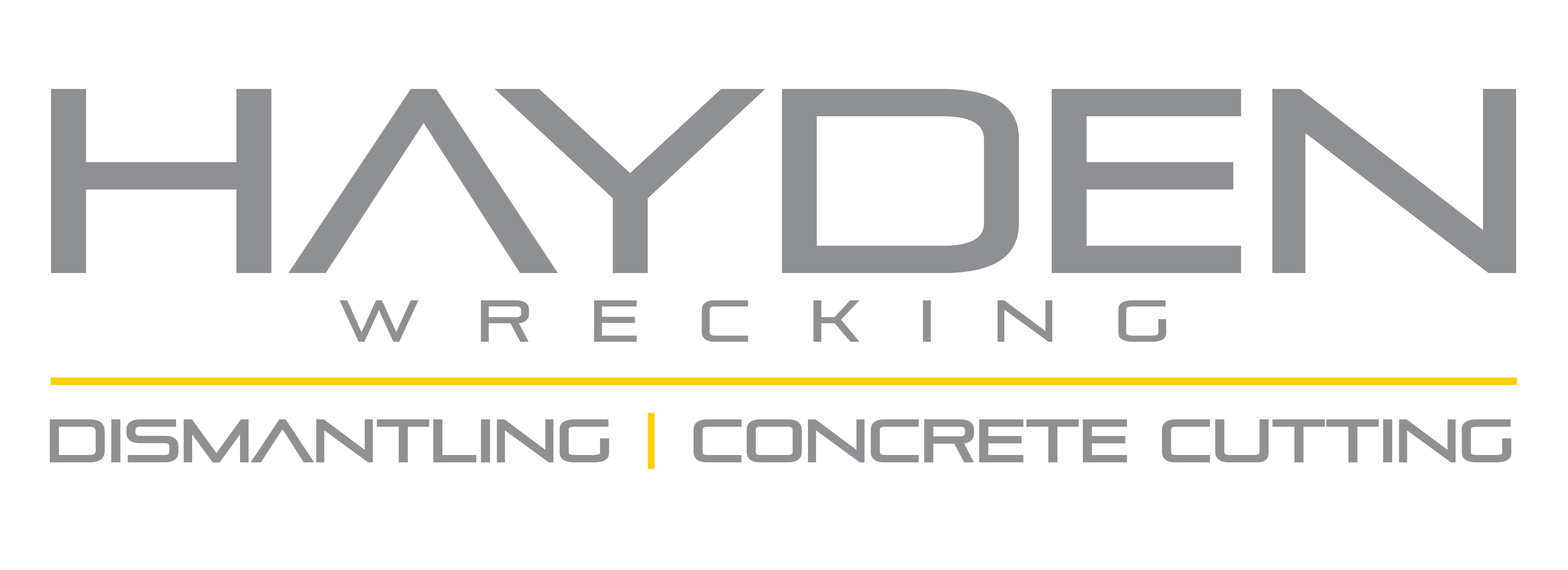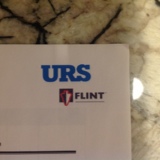Information
-
Task description.
-
Conducted on
-
Prepared by
-
Location
-
Personnel
Critical States (People)
-
Mind on task (Concentrating and aware of environment)<br>
-
Eyes on task (looking at what they are doing and where the are going)
-
Rushing
-
Balance traction or grip
Line of fire (Hazards)
-
PPE (required, used correctly, good condition)
-
Body position (falling, struck by, pinch points etc)
-
Guards, barriers, rails, traffic controls, safety observers
-
Isolation (lockout, tags, switching)
-
Area housekeeping
Body mechanics (people)
-
Lifting, bending, twisting
-
Repetitive motions
-
Excessive reaching, pulling, pushing
-
Standing, sitting, kneeling for long periods
-
Comfortable (versus awkward position)
Permits, procedures and standards
-
Are all permits, procedures and standards current, readily available, understood and followed
Tools and equipment
-
-
Safe condition (pre-start checks completed, checked and tagged)
-
Correct tool used for each task
-
Tools and equipment used safety
Brief description of the task observed
-
Add drawing
-
Write description of what you observed if appropriate.
Safe acts observed
-
Add drawing
-
Write a description of what you observed as appropriate.
Unsafe acts/conditions observed
-
Add drawing
-
Write a description of what you observed as appropriate.
JRA, Permits etc
-
Capture images / take a photo of relevant documents.













